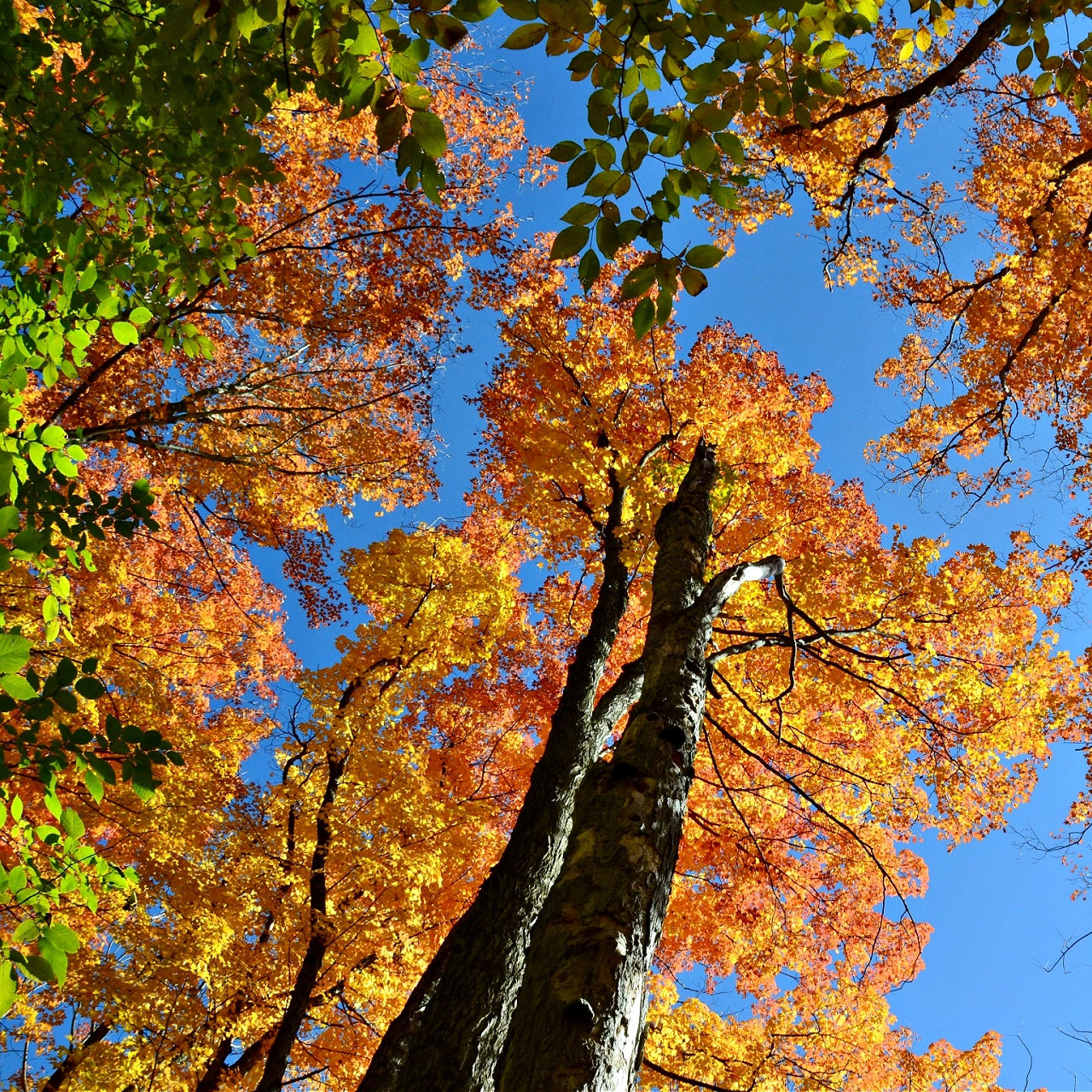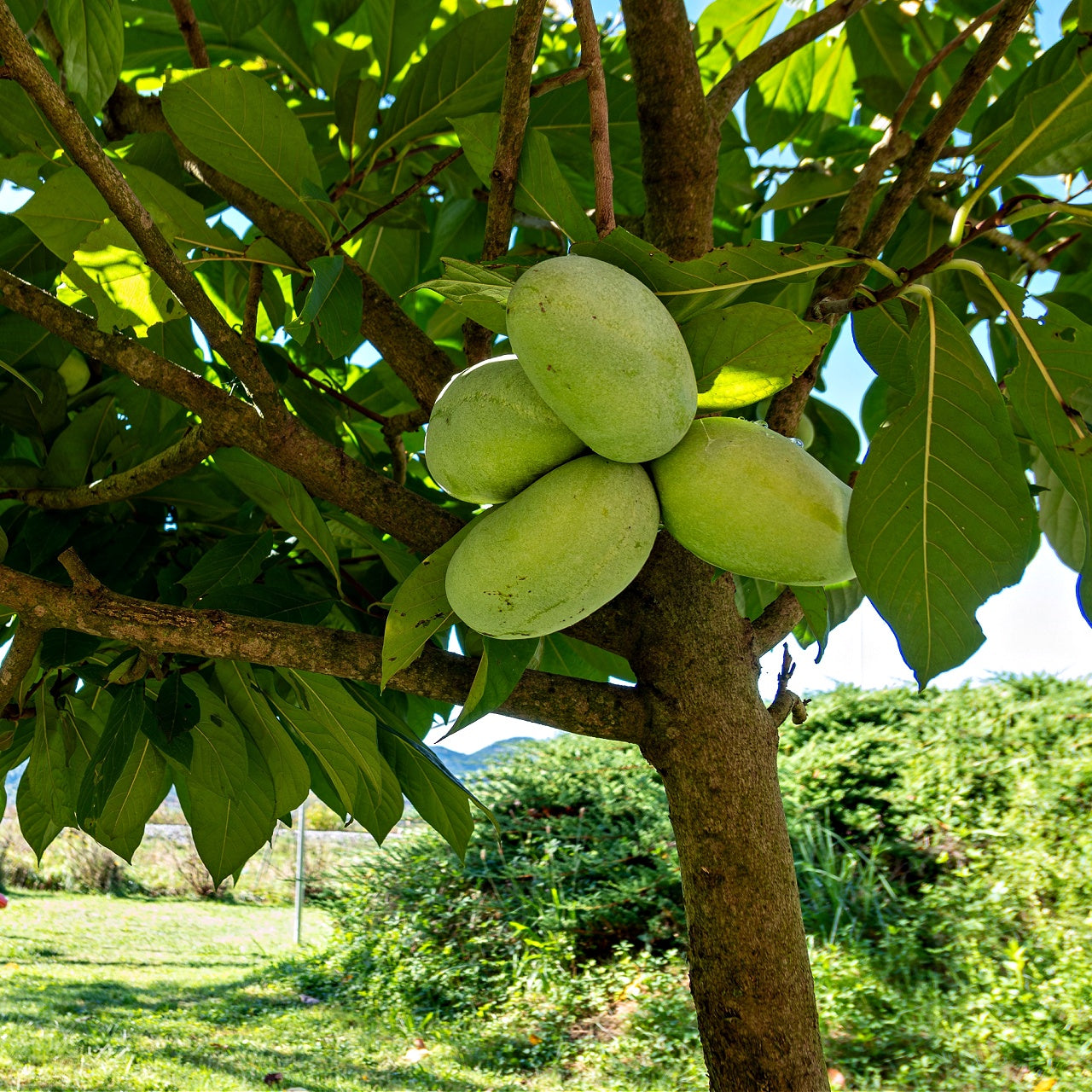
Successful Growing And Planting
Successful Growing And Planting
Advantages of Planting Trees New construction often has an unfinished and bare atmosphere due to a lack of landscaping plants. Installing ornamental plants is an effective way to quickly provide a new home with a personalized and attractive ambiance. New homeowners can purchase quality trees from various local retailers that can help give their residences a finished look and add value to the property.

Most flowering trees produce blooms during the early spring months before they become covered with fresh new leaves. Cherries, plums, apples, pears, and magnolias are among the most popular flowering trees on the market. Many of these have foliage that is initially a dark red just following bud break, which makes a beautiful display when paired with pink or creamy white blossoms.
Shade trees are another popular choice among fledgling homeowners, mainly if their outdoor living space includes a patio or deck. It's essential when selecting shade trees to keep in mind the cultural habits of specific species of trees. For instance, planting a gorgeous plum tree near a patio may not be so pleasant as the fruit ripens and begins to fall. It's best to choose a tree that doesn't bear fruit for planting next to areas used for recreation and entertainment. Ornamental plants exist in such variety that it's easy to quickly create a unique yard with just a few trips to a retail nursery.
Advantages of Planting Berry Bushes Berry bushes of all varieties can make the perfect addition to any backyard garden. If your garden has permanently been restricted to a few flowers and shrubs, berry bushes provide a way for you to try something new. Additionally, these bushes give you and your family something tasty to enjoy during the summer months.
The range of berries you can grow in your garden is impressive. Each berry offers its unique flavor and qualities. You can use them in a plethora of delicious ways, too. Raspberries are a popular choice for gardeners, and many people find it hard to resist eating the berries plain during harvest time. Raspberries also make excellent jams that your family can enjoy throughout the year.
A raspberry bush is not the only option, however. A few blueberries from your garden provide an extra sweet taste to your next batch of homemade pancakes. You can even try making your muffins with blueberries. Blackberries also make an excellent choice for jams. Bakers can try their hand at making cobbler with blackberries. Berry bushes help you to turn your necessary gardening skills into expert skills. You and your family will enjoy learning how to tend your garden. You'll enjoy your hard work by using recipes or just eating the berries plain.
Additionally, you won't need to buy fresh berries anymore, saving you money on your next grocery bill. With a delicious harvest, you can freeze your berries to enjoy even in the dead of winter. Best Flowering Tree Choices for Your Yard If you've been starved for color during a long winter, you know the value of flowering trees. Bursting with fragrance and the promise of new life, they brighten our lives and stimulate our senses. Enjoying flowering trees isn't just for the spring; with proper planning, you can enjoy new cycles of blossoming well into summer!
Eastern redbud and magnolia are among the earliest flowering trees you can plant. Redbud's vibrant pink and magnolia's creamy, waxy petals come and go before the trees begin to leaf. Reasonably hardy and long-lived, they have relatively short blooming periods treasured by gardeners and homeowners everywhere.
Among the select ornamental trees, the flowering dogwood is another must-have for your yard. There are hundreds of varieties of this tree, ranging from the bright pink Cherokee Brave to the lacy white Appalachian Spring cultivar. Dogwoods can bloom from mid-spring to mid-June in some regions. The Kousa dogwood is lovely, with a pale green cast that seems to glow in the dark.
Planted in groups, Yoshino cherry trees make a stunning display in April. Flowering in all shades of pink and white, they are a spring classic with a full canopy and low branches. They tend to remain small, growing only to a height of 20 feet, making them an excellent tree for lining sidewalks or for smaller yards that need a pop of color.
Crabapple trees are another favorite spring bloomer if you can tolerate the litter from the fruit that follows. Their petals flood on windy, rainy days, deep purple or bright pink. Their low shape makes them easy to prune and maintain, and they are extremely disease- and drought-resistant. Empress trees are another excellent choice if you want a fast-growing flowering tree. Producing great swaths of purple blossoms makes a strong architectural statement in the landscape with minimal effort. Because its seeds profusely, it's considered invasive in some parts of the eastern and southern United States.
Check with your regional Department of Agriculture office before planting one of these beauties. Few things lift the heart, like the sight of a flowering tree. Whether you plant a single weeping cherry or a whole row of ornamental pears, dozens of combinations help you create a palette of color! Start Your Own Business At Home Gardening Like many people, you might want to start your own business, but you probably don't have a lot of capital to invest. To start your own business with little upfront investment, a very flexible schedule, and good profit potential, consider gardening for a living.
Growing fruits, vegetables, and herbs are one of the oldest business models, and many people today are turning to this idea to bring in extra money or even earn enough to quit their day jobs. Of course, it is essential to set up the business correctly.
If you want to start gardening for a living, it's a good idea to get started on land you already own. That will allow you to test the market in your area without making a massive capital investment. Many people choose to plant a garden in their backyard. However, unlike home gardening, it is essential to plan your garden on what plants will give you a high yield and the best price at a farmer's market. Look at the amounts of fruits and vegetables, and consider what you could grow that would turn a profit.
For example, potatoes are usually a relatively cheap food, and they can take a lot of time to grow and harvest. Making money off of them isn't comfortable with limited space. On the other hand, heirloom tomatoes take up very little space in a garden and can get a high price at farmer's markets and specialty grocery stores.
Carefully consider having an organic garden. While organic gardening requires more work than a traditional garden, organically grown produce can fetch a premium. Many farmers have discovered that growing organic produce is more comfortable with a small plot of land, and increasing the operation is much more comfortable than converting a traditional farm or garden to an organic one.
Finally, do a business analysis of your costs and profits before deciding to quit your day job. More extensive operations may require an investment in additional land, water, and other resources. Make sure that this is what you want to do before putting down a lot of capital.
How to Make a Flower Garden Affordable

Putting a flower garden on your property is a great way to brighten up your home and yard. Gardening makes a great hobby and activity for families and depending on where you live, you can even have flowers blooming all year round. But one thing that turns people off from starting a garden is the price. The most beautiful flowers are often expensive, and getting started can require what seems like a lot of money upfront. If money has stopped you from starting a garden, you'll be happy to know that there are lots of inexpensive ways to get affordable plants and set your yard in bloom!
Many plants you see on the sides of roads or out in the wild can be transplanted if you know the proper technique and are careful. First, make sure that the plants don't belong to anyone, and if you're in the clear, read up a little on them to learn about the conditions they need to grow. When you take the plant, be careful not to damage the roots and plant it in your yard as soon as you can. Keep an eye on it for the first week or so to make sure it's adjusting, and just like that, you've started your garden! Forget cheap plants - these are free!
Also, ask your friends or relatives who have gardens if they have multiples of any of their plants that they would be willing to give to you. Often the answer is yes, and they may give you some helpful gardening tips as well.
Another place to look for cheap plants is the reduced price section of local nurseries or even garden sections of big box stores. That is where stores put plants that aren't selling, are damaged, or are ill. If you read up on plant diseases and pests, you may find some plants on bargain shelves that you can rehabilitate and put in your flower garden. Often these affordable plants are half off or more, making them great inexpensive additions to your garden once they're better.






